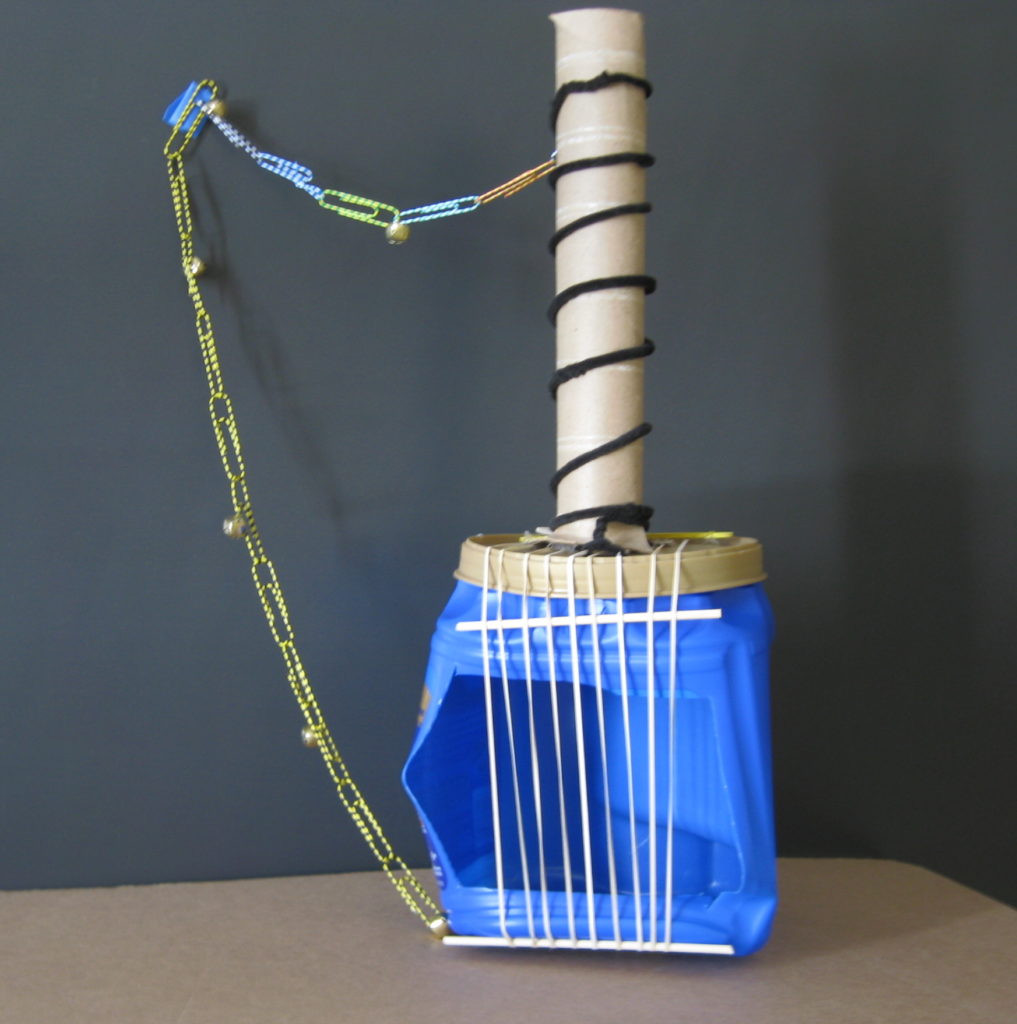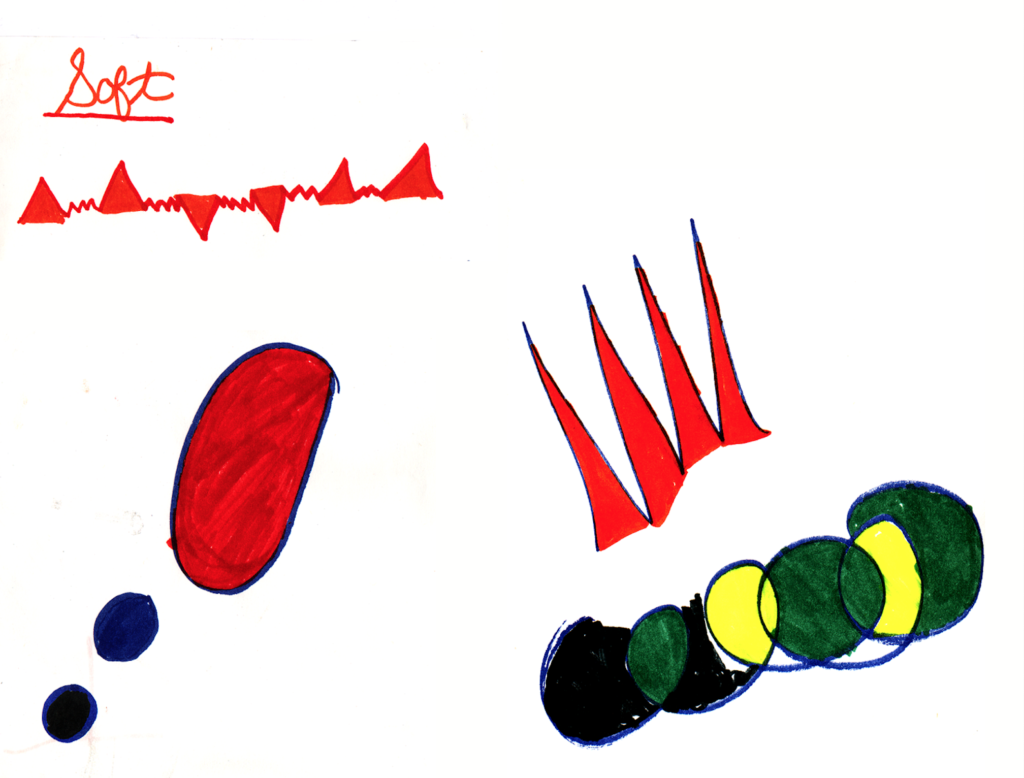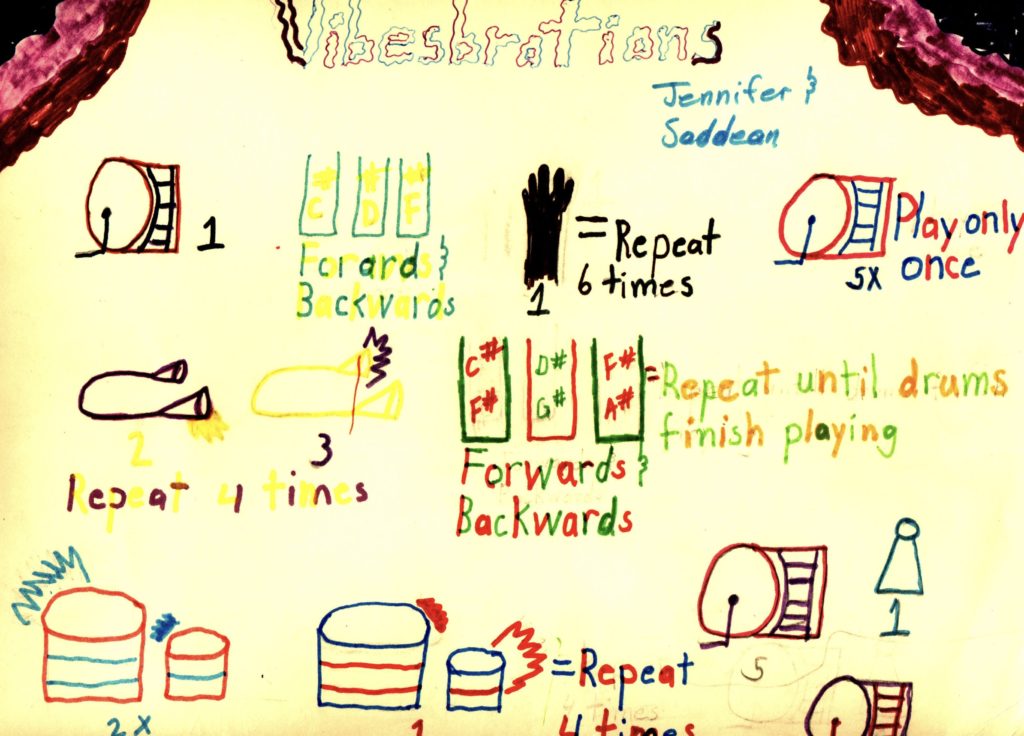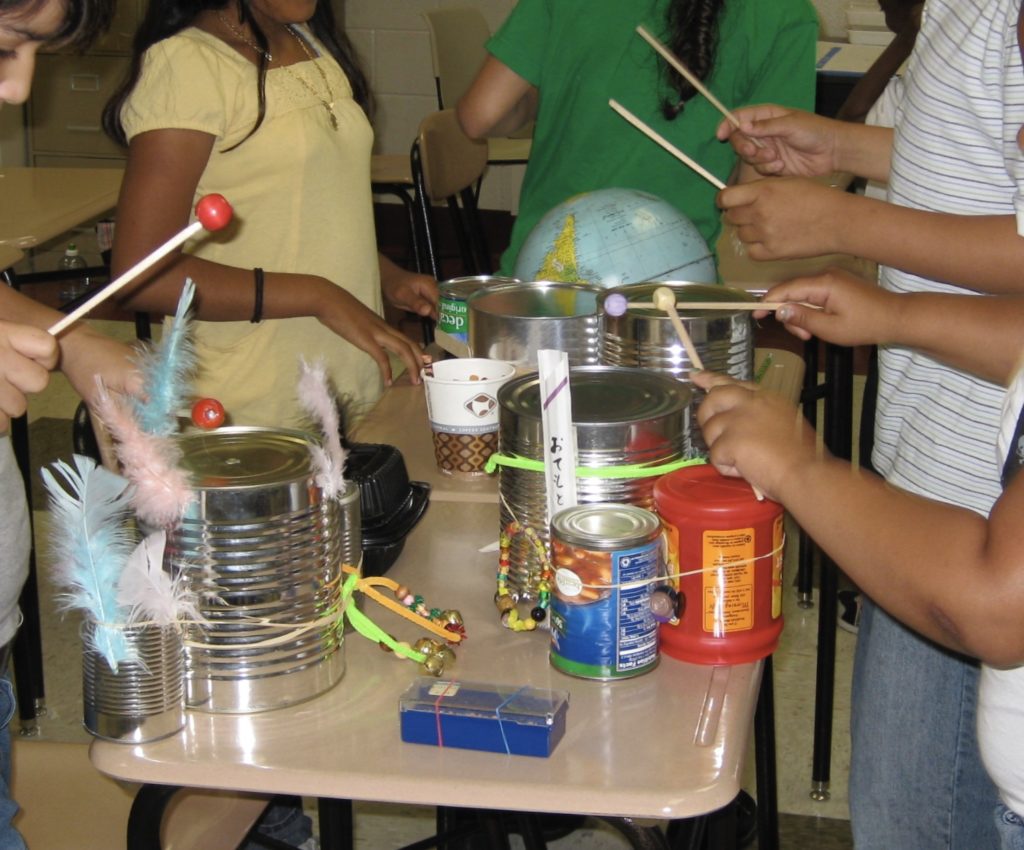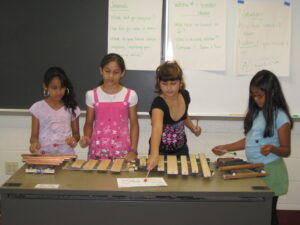 My three-year residency in Delaware is winding down. We sit in meetings and talk about outcomes or measurable results of my work in community settings.
My three-year residency in Delaware is winding down. We sit in meetings and talk about outcomes or measurable results of my work in community settings.
Do my students get better grades? Are the women who are homeless more successful after working with me? Or, at the very least, have we created new audiences for the arts?
These are reasonable questions. If one puts in the effort and money, shouldn’t there be tangible, visible results?
I shake my head. It is really none of my business.
I teach because I believe the power of creativity is in all of us, just unrecognized. I teach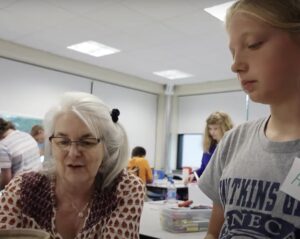 because I trust it will take root in some strange and unimagined way, in its own time. I teach as an act of faith; a spiritual practice. I get up every day, and do it. “Here,” I say, “this is what I have for you today.”
because I trust it will take root in some strange and unimagined way, in its own time. I teach as an act of faith; a spiritual practice. I get up every day, and do it. “Here,” I say, “this is what I have for you today.”
I find no master-strokes or large, efficient gestures. Only this one-on-one, slow work that brings others into a meaningful connection to the arts – hopefully. A commitment to work close to the ground.
Excerpted from Let Your Heart Be Broken, Life and Music from a Classical Composer © Tina Davidson, 2022.
Listen: Paper, String, Glass & Wood excerpt, written for professional string quartet and students quartets
